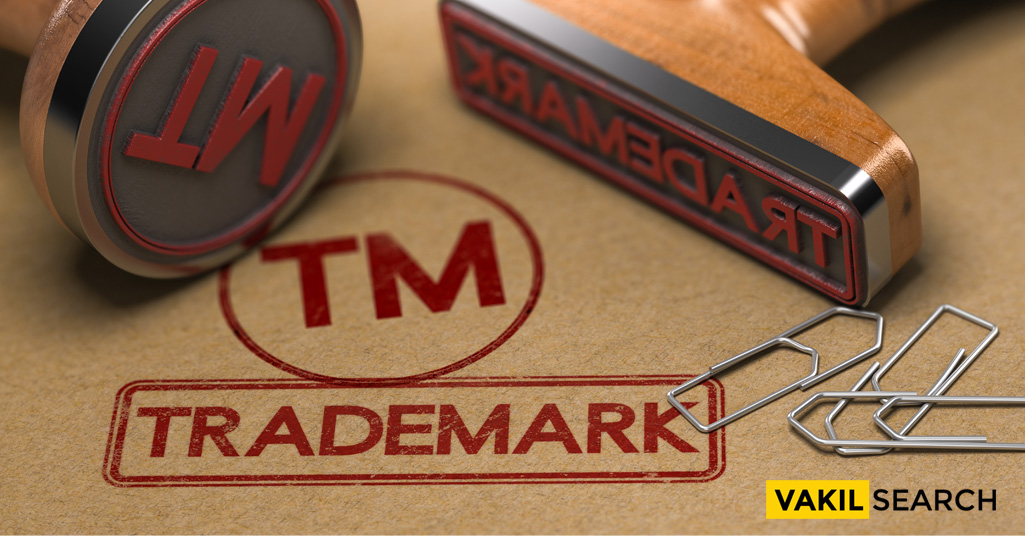Ascertaining the value of a trademark that has its value fluctuating is always an immeasurable challenge. Also, computing the taxes for such a property can be overwhelming. Therefore, it is prudent to follow tried and tested methods and long-standing judicial precedents to deduce the same.
A trademark is a mark that is a combination of letters, designs, symbols, shape, and color, that is associated with a set of products or services and distinguishes it amongst the others in the market. The registered trademark owner alone has the exclusive rights to use it while others are prohibited from doing the same. Trademarks are priceless assets of any business or organization, as the customers identify and relate to the product or services the business offers through the brand name alone.
Trademark Valuation and Taxation has high economic value as it is the face of the business. Being so powerful, trademarks carry a great commercial significance and monetary value in any business establishment. Like any other intellectual property, a registered trademark owner has the option of transferring the trademark rights to a third party, just like transferring a tangible party in someone else’s name. Accordingly, a trademark that is a solid intangible asset for a business venture can be sold, assigned, franchised, or pledged to someone else.
Trademark Valuation
When it comes to selling or buying an asset, the first course of action to be taken is to ascertain the value of the respective property. Trademarks are no different! The trademark valuation is particularly of pivotal importance, as intangible assets are often priced sky-high than tangible assets. The valuation is typically arriving at a price at which the seller intends to sell and the buyer is ready to buy.
As far as valuation is concerned, the process is a lot more complicated than it seems to be. Sellers often find themselves in a fix for two reasons. Firstly, to ascertain the right value of the trademark at hand and secondly to find their prospective buyers who will be ready to buy it at the ascertained price. Trademark Valuation and Taxation are critical aspects of business management.
Thus, arriving at the right valuation for the trademark is of great relevance to any business establishment and it is carried out for accomplishing three main purposes
- For the purpose of transactions, wherein issues pertaining to taxation are excluded
- Purposes with respect to taxation
- Purposes related to financial accounting.
This article would predominantly concentrate on trademark valuation with respect to taxation issues
Methods of Trademark Valuation
While there are several methods to arrive at the value of a trademark, the following are the most widely used approaches. Accurate trademark valuation and Taxation are necessary to avoid overpaying taxes or undervaluing a company’s assets.
Cost Approach Method
This is the most basic approach. It involves listing the costs incurred during the designing and creating of the trademark. The cost also includes the expenses accrued in advertising and marketing the brand. This is one of the most conventional methods of arriving at the economic value of the trademark. The major drawback with this method is that it fails to bring in the value associated with the goodwill the trademark carries. Yet, this method can be employed for valuing trademarks that are relatively new in the market.
Market Approach Method
Here, the trademarks in the market, that are similar to the one that has to be assessed, are analyzed and compared to arrive at the value. Here the market data, with respect to buying, selling, franchising, etc are studied to arrive at a solution. For instance, if a trademark from a similar brand in the industry is sold for ₹100,000, that value is taken as the benchmark value for arriving at the valuation of the trademark at hand.
Future Income Approach
This is the most preferred and the most viable method for arriving at the pecuniary value of a trademark. Here an in-depth analysis is carried out to get the figure of the future income that the trademark would fetch over the years to come based on its current value. Say the trademark earns a turnover of Rs.2 crores a year, then the value for the years to come is calculated using this current value, and the same is discounted to the present date to fix the valuation for the trademark.
Relief from Royalty Approach
The valuation is arrived at on the basis of the expected royalty savings towards the respective trademark. Information regarding the royalties accrued by the trademark or similar trademarks and all supplementary earnings brought forth by the trademark can be used to estimate the value of the respective trademark.
Taxation Aspects with Respect to Trademarks
The taxation issues with reference to trademarks can be summarized as shown below.
Income from Business and Capital Gains
In Income Tax Commissioner v. M/S Mediworld Publications Pvt Ltd, 2011, the Delhi High Court pointed out that, any income that is derived by the transferring of intangible assets like that of Copyrights, Trademarks, etc, will be brought under ‘Capital Gains’ and not as ‘Income from the Business’, and hence will be taxable.
Further, Section 2 (14) of the Income Tax Act, 1961 mentions ‘capital asset’, and it was inferred that it is inclusive of Intellectual Property. Also, Section 2(11) of the Income Tax Act, of 1961 mentions that Intellectual Property falls under the ambit of intangible property and contributes to the business by earning profit. Additionally, Section 28 of the Income Tax Act, of 1961 would also encompass the sale of intangible properties like trademarks.
Cross Border Use in Intellectual Property (IP)
Off late, one of the issues to be concerned with respect to IP taxation is the cross-border use of IP. Most MNC (Multinational Corporation) players, allow their subsidiaries in other countries to use and monetise their IP resources. The subsidiaries may in turn sublease the IP to other local parties. In this scenario, say the IP owner may be stationed at a low tax region and they, in turn, can charge excess royalties to the subsidiaries situated in a higher tax region to avoid large tax cuts.
The GlaxoSmithKline (GSK) holdings case can be alluded to here. GSK’s US subsidiary income was raised by the Internal Revenue System (IRS) in the USA, considering the value of their intangible assets held by the parent company in the UK. However, it has to be ensured that the royalties thus collected in controlled transactions should be in a comparable range with those in uncontrolled transactions.
In the Maruti Suzuki India Ltd. Vs Commissioner of Income Tax, (2016) 282 CTR (Del) case, the Delhi High Court held that with respect to the transfer pricing of trademarks, carrying promotional activities would remarkably raise the trademark value that is legally possessed by another entity. There arose a question as to whom the proceeds of the trademark would be assigned to, to the registered trademark proprietor in a foreign country or to its affiliated authority registered in India. In this case, the Court opined that if the promotional and marketing expenses of the affiliated authority are more than what could have been spent usually in a similar situation, the trademark proprietor is required to indemnify the former for the expenses. Therefore, the assessment of the right royalty rate is very crucial.
Further, the US Tax Court’s ‘bright line test’ can be recalled here. The test stated that when the investment put forth by a licensee is in excess of the usual expenditure incurred, the entity would be considered to have economic ownership over the IP assets. Although it wasn’t expressed that this test was brought forth in the GlaxoSmithKline case, there seems to be an implicit invocation of the same, in the judgment.
Placement of an Intangible Asset
For the purposes of assessing the tax, the location or the placement of a property is to be known. But when the property in question is an intangible property, the process becomes challenging. The Delhi Court, therefore, held that, in such situations, the location of the owner of the respective intangible property would be considered as the property’s location in consensus with international principles. A strict interpretation of Section 9 of the Income Tax Act, 1961: https://incometaxindia.gov.in/pages/acts/income-tax-act.aspx shows that the exclusion of IP rights under it proves the legislation’s intent to not tax the IP owners who reside outside India although they were earning their proceeds within India.
Seeking professional assistance in trademark valuation and taxation can ensure that a company complies with tax laws and maximizes its profits. The valuation of Intellectual Property in general and Trademark in particular, have been skyrocketing in recent times. Furthermore, the tax computations of Intellectual Property like trademarks pose their own challenges. Also, with varied geographical locations and jurisdictions, more complications do arise. The underlying risk at this juncture is that the IP owners may be hit with double taxation which could cause colossal damage to the business. With the advanced technological methods around, the issue should be handled in a more organized way by corporations. The differences arising across the jurisdictions should be duly ironed out, thereby facilitating seamless compliance with respect to taxation issues.
Also, Read:










